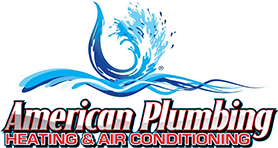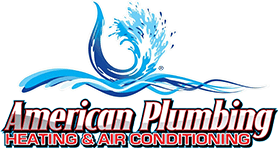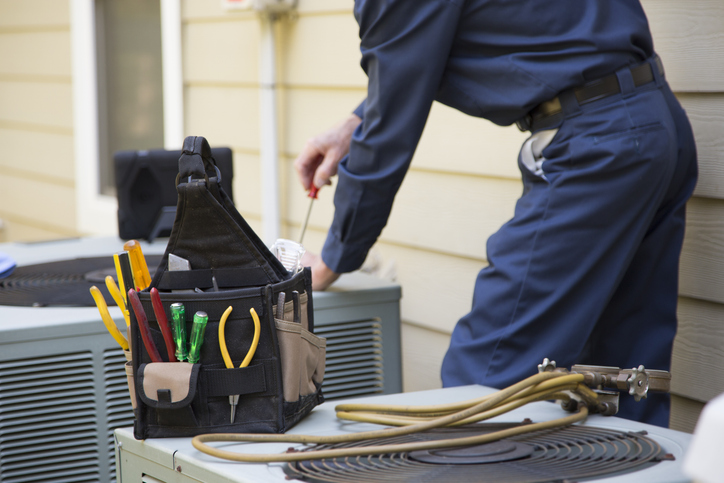Table of Contents:
- Monthly Maintenance
- Seasonal Maintenance
- Annual Maintenance
- Helpful Ways to Track Your System's Health
- Planning for Older Systems
Homeowners in Oceanside and other beach-area neighborhoods deal with moisture and salt in the air throughout the year. Even though the weather is mild, that constant exposure can slowly affect outdoor HVAC equipment. Meanwhile, families in Temecula and other inland areas experience hotter summers and longer cooling days, which means their HVAC systems run more often and work harder. The climate is different, so the strain on equipment is different too.
A typical “one size fits all” maintenance checklist overlooks those details. Many online guides repeat the same advice: replace filters, clean the outdoor unit, and schedule an annual tune-up. Those steps matter, but homeowners benefit more when they understand what to look for month by month, how to adjust based on weather patterns, and when it makes sense to bring in a professional.
A maintenance plan offers a clear way to stay ahead of problems instead of reacting after something breaks, and a simple routine can help catch issues earlier, improve air quality, and reduce long-term costs. The steps below are designed for everyday homeowners in Southern California, and they do not require special tools or technical training.
Monthly Maintenance: A Few Minutes Each Month Goes a Long Way
Monthly checks help homeowners stay familiar with how their system looks, sounds, and feels. The goal is not to diagnose problems, but to stay aware of changes that might be worth mentioning during a tune-up.
1. Check the Filter
Even though filters are often labeled for 60, 90, or 120 days, real-world use varies. Homes near the beach sometimes bring in extra moisture and fine debris, especially if windows are open often. Inland homes may see more dust and dry air movement. Pet hair, cooking habits, and hobbies like home workouts or crafting can shorten filter life too. A quick look once a month helps you judge by sight instead of relying on packaging timelines.
The photos below show how fast filters can change in our coastal and inland communities. These are real filters from recent service calls in our area.
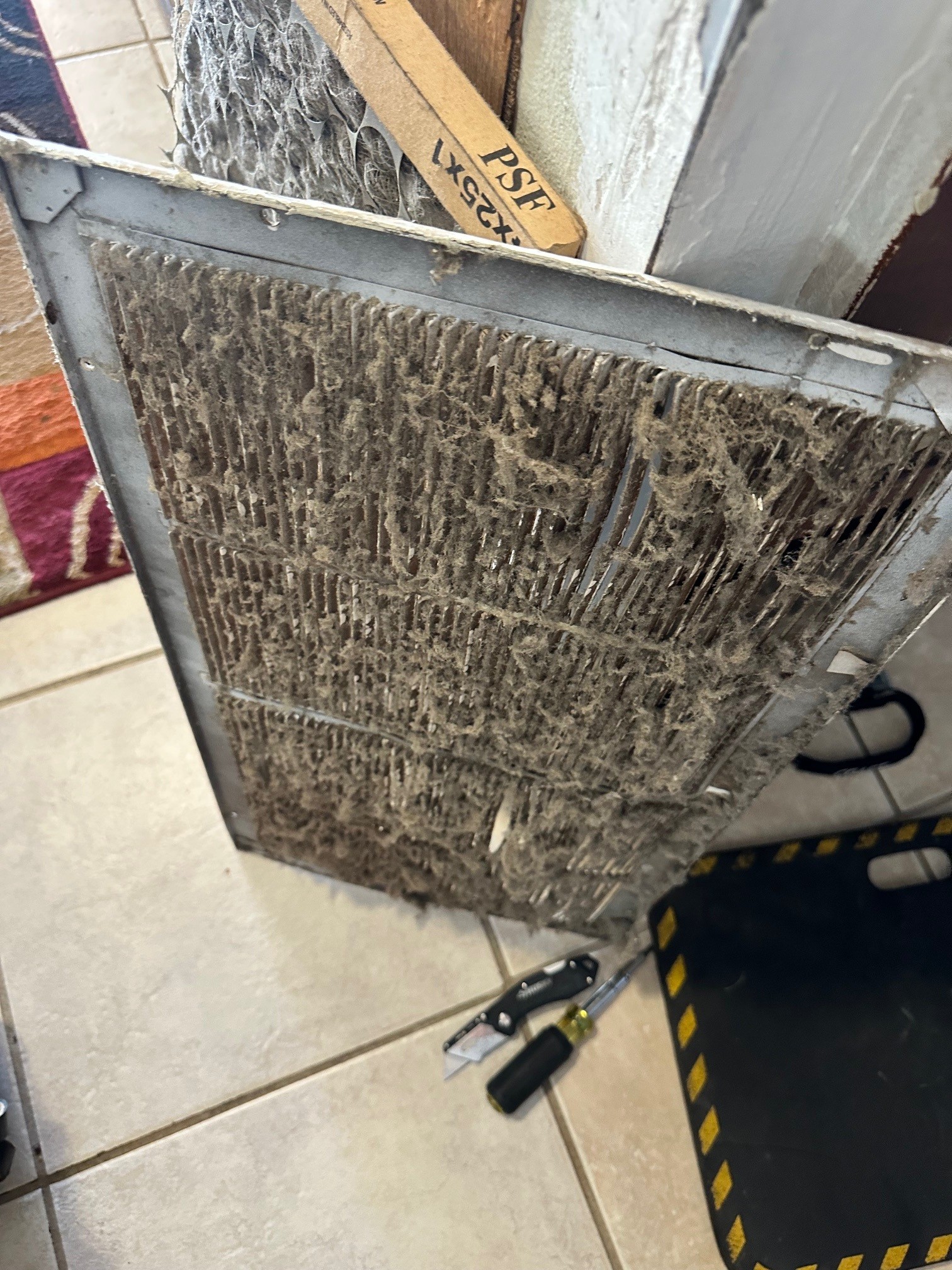

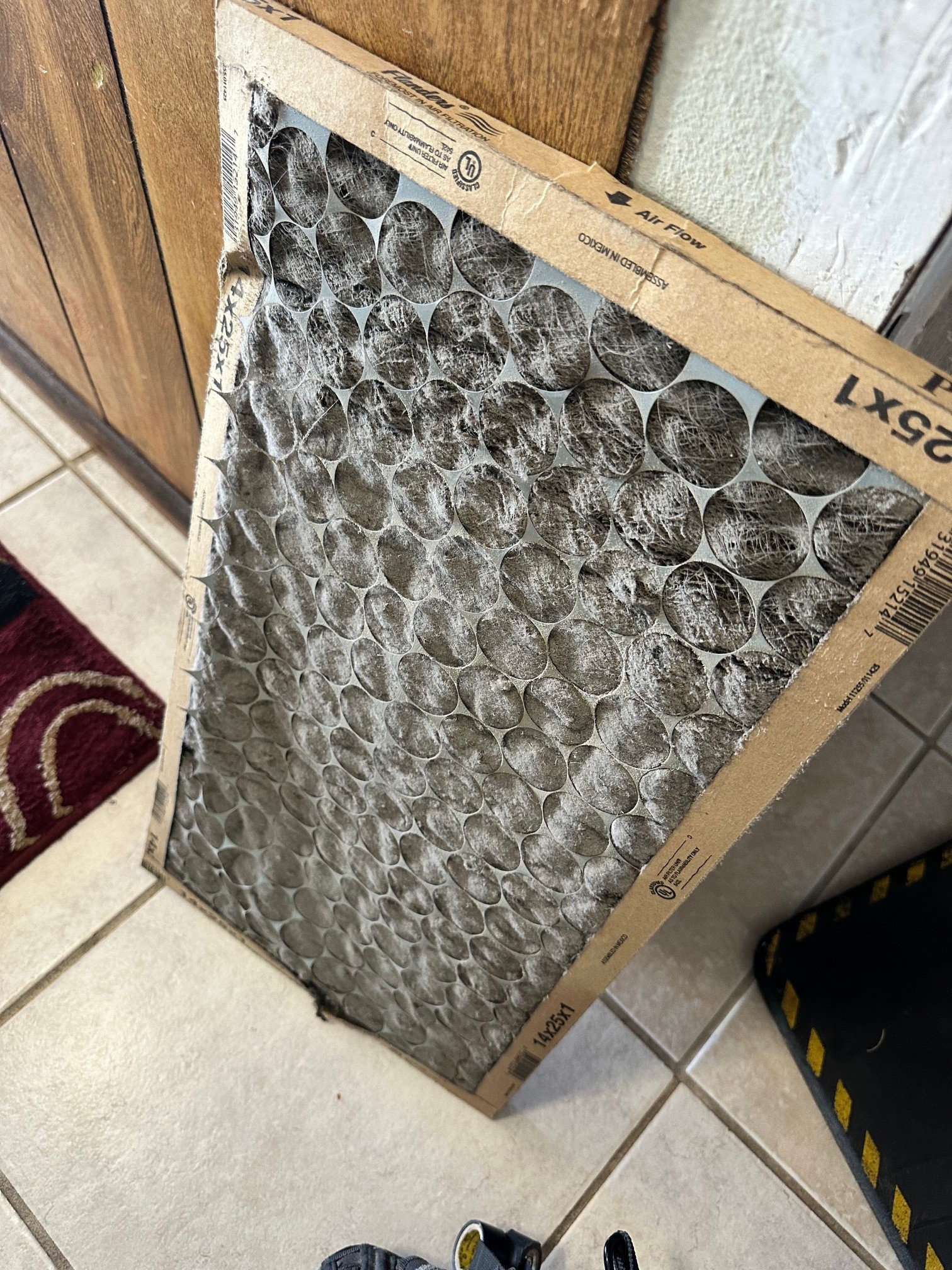
2. Look at the Outdoor Unit
Check that nothing is blocking airflow and that the surrounding area has space on all sides. Look for visible rust spots, discoloration, chipped paint, damaged insulation on the refrigerant line, or plants that have grown too close. Coastal homeowners should pay attention to any change in surface appearance, since moisture and salt settle slowly over time.
3. Listen for New Sounds
The system should sound consistent during operation. Sudden humming, vibration, squealing, or clicking can be early signs of airflow restriction, motor strain, or loose parts. Unusual sounds that continue for several days are worth noting.
4. Monitor Comfort Changes
Pay attention to whether rooms feel more humid, harder to cool, or harder to heat. Small comfort shifts can indicate airflow issues, duct problems, or changes in how efficiently the system is operating.
Seasonal Maintenance: What to Focus on as the Seasons Change
Southern California does not follow the same seasonal rhythm as other parts of the country. Instead of thinking in terms of winter-spring-summer-fall, it helps to think about how the home is used during warm, cool, humid, and high-wind periods. The goal is to prepare before the next weather shift.
Spring: Get Ready for Warm Weather
Spring is the ideal time for a professional tune-up or inspection because it gives you a chance to fix small issues before the first round of hot weather. For coastal areas, spring helps confirm that moisture and salt exposure over winter did not affect outdoor components. For inland homes, a spring tune-up helps prepare for long cooling days that can strain parts.
Homeowners can also trim plants around the outdoor unit, sweep away debris, and make sure nothing blocks the airflow path.
Summer: Pay Attention to Run Time & Humidity
Summer is when inland homes work their HVAC systems the hardest. When the system runs for long periods, it can reveal issues with airflow, refrigerant levels, and electrical parts. Watch for unusually long cycles, warm areas in the home, and sudden spikes in energy bills.
Coastal homes may not run the system as often, but that does not mean there is no risk. Limited runtime combined with humid mornings can trap moisture inside parts of the system, especially if the home is kept closed for long periods. Make sure indoor air never feels damp or stale.
Fall: Check Filters & Test Heating Early
Fall can bring Santa Ana winds and higher outdoor dust levels, which can clog filters faster. Some years also bring wildfire smoke that lingers indoors if the home is shut tightly. Testing the heating system before cold nights arrive helps avoid emergency repairs when temperatures drop.
Winter: Watch for Moisture Buildup & Drafts
Winter in coastal areas includes cooler mornings and reduced ventilation. When windows stay shut, moisture can collect indoors. Look for condensation around vents, windows, or near closets. Inland homes may run heating more consistently, so winter is a good time to confirm airflow is even across rooms.
Annual Maintenance: When a Professional Tune-Up Makes the Biggest Difference
Professional HVAC maintenance should be part of a yearly routine, though coastal homes often benefit from two service visits per year. One visit before cooling season and one later in the year gives technicians time to check for moisture-related wear, airflow changes, and potential blockages in drains.
During a professional visit, a technician may:
- Clean or inspect coils
- Check refrigerant levels
- Inspect electrical components
- Confirm correct airflow and duct condition
- Evaluate temperature performance at registers
- Check insulation or weather sealing near equipment
- Test the condensate line and drain pan
Homeowners who keep notes on system performance, odd noises, and filter changes give technicians more information to work with, which leads to better troubleshooting and maintenance decisions.
Helpful Ways to Track Your System's Health
You don’t need to remember every detail about how your system has been running. Simple habits can create a small record that helps you and your technician see patterns over time. A few examples include:
- Take a photo of the outdoor unit once or twice a year
- Write down filter change dates
- Keep receipts or digital notes from service visits
- Record unusual sounds or comfort changes
- Note any odors, moisture signs, or drafts
This kind of information builds a history of the system, which can help prevent misdiagnosis, unnecessary parts replacement, or premature replacement decisions.
Planning for Older Systems
Most HVAC systems last around 10 to 15 years, though location and usage can shorten or extend that timeline. Homeowners who reach year eight or later may benefit from starting early planning conversations with a technician. Planning ahead reduces stress, helps with budgeting, and avoids last-minute decisions during peak season.
Replacement choices can look different depending on where someone lives. Homeowners near the coast may want to consider corrosion-resistant materials or protective coatings when planning for a future system. Those in inland communities often place more importance on higher efficiency ratings to help manage longer cooling seasons and higher summer energy use.
How We Support Homeowners in Coastal & Inland Areas
Some HVAC companies use the same maintenance routine for every house, no matter where it is or how it is used. Our approach is different. We work with homes in both coastal and inland communities, and we adjust our inspections and recommendations based on the environment around the system, not only the equipment label.
We can help with the following:
- Routine inspections and tune-ups that match the climate
- Cleaning and adjustment services that protect performance
- System evaluations for aging equipment
- Airflow and duct assessments
- Conversations about long-term planning whenever a homeowner is ready
- Suggestions that reflect real-world home use, not generic charts
Our role is to help homeowners make informed decisions with clear information, steady support, and a maintenance plan that suits their home rather than a template built for somewhere else.
If you have questions about HVAC maintenance or want help deciding what your home needs based on your location, we’re happy to talk. You can also reach out anytime to request a free estimate for our maintenance services.